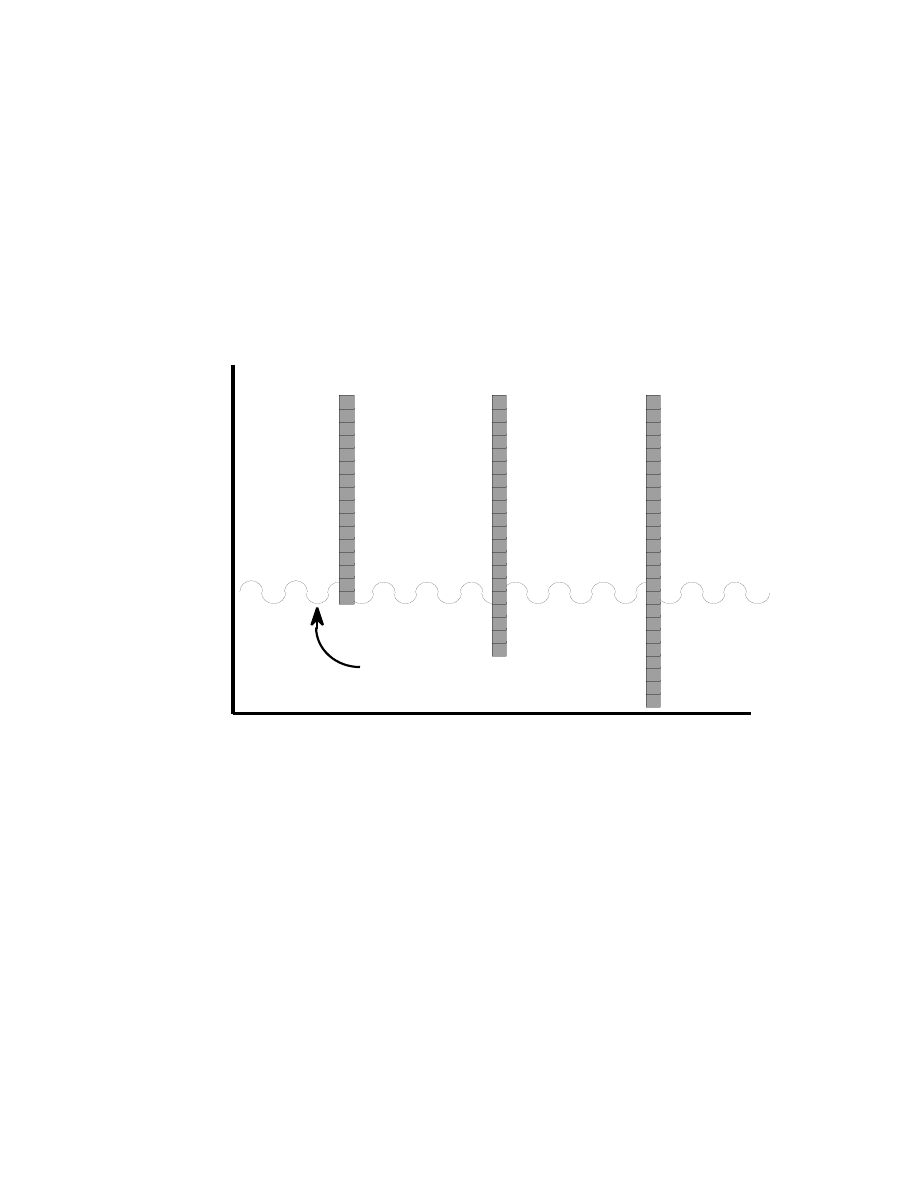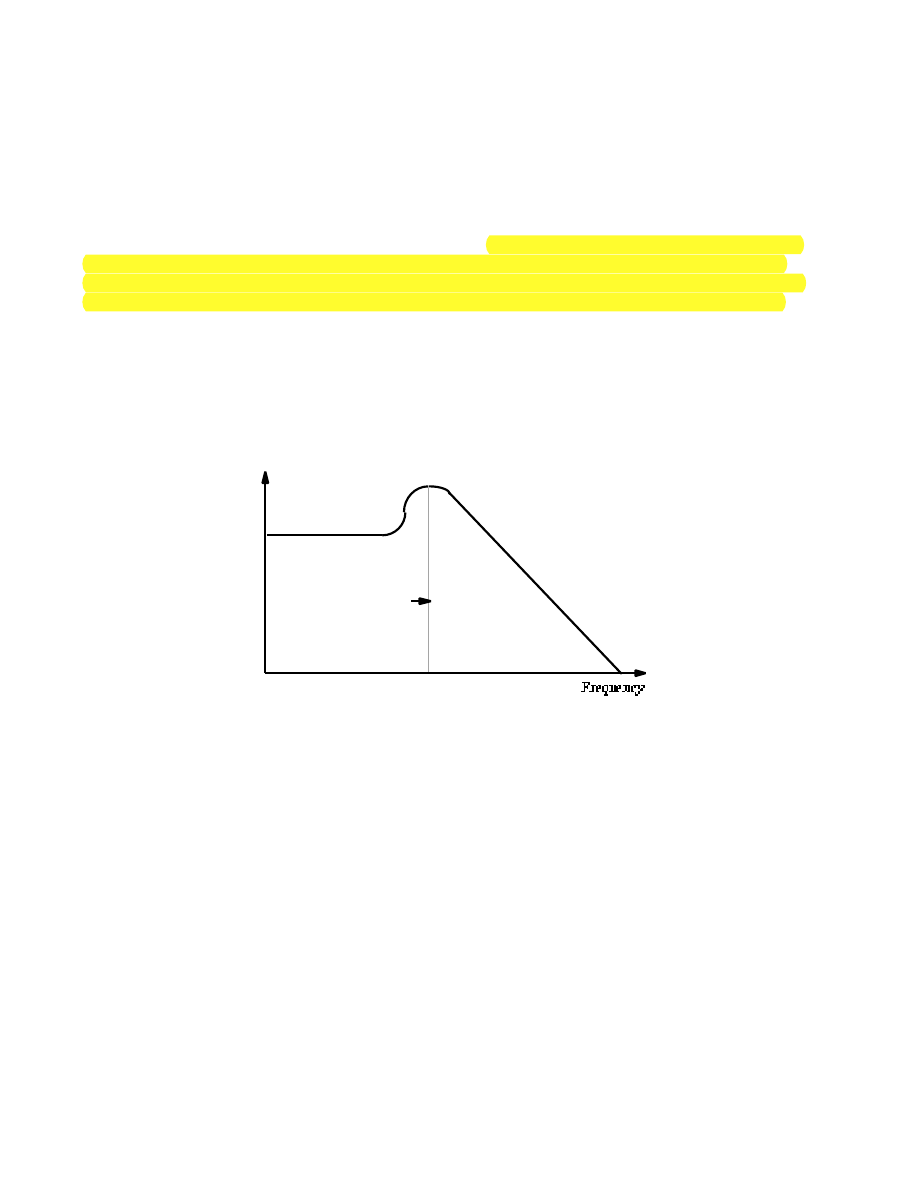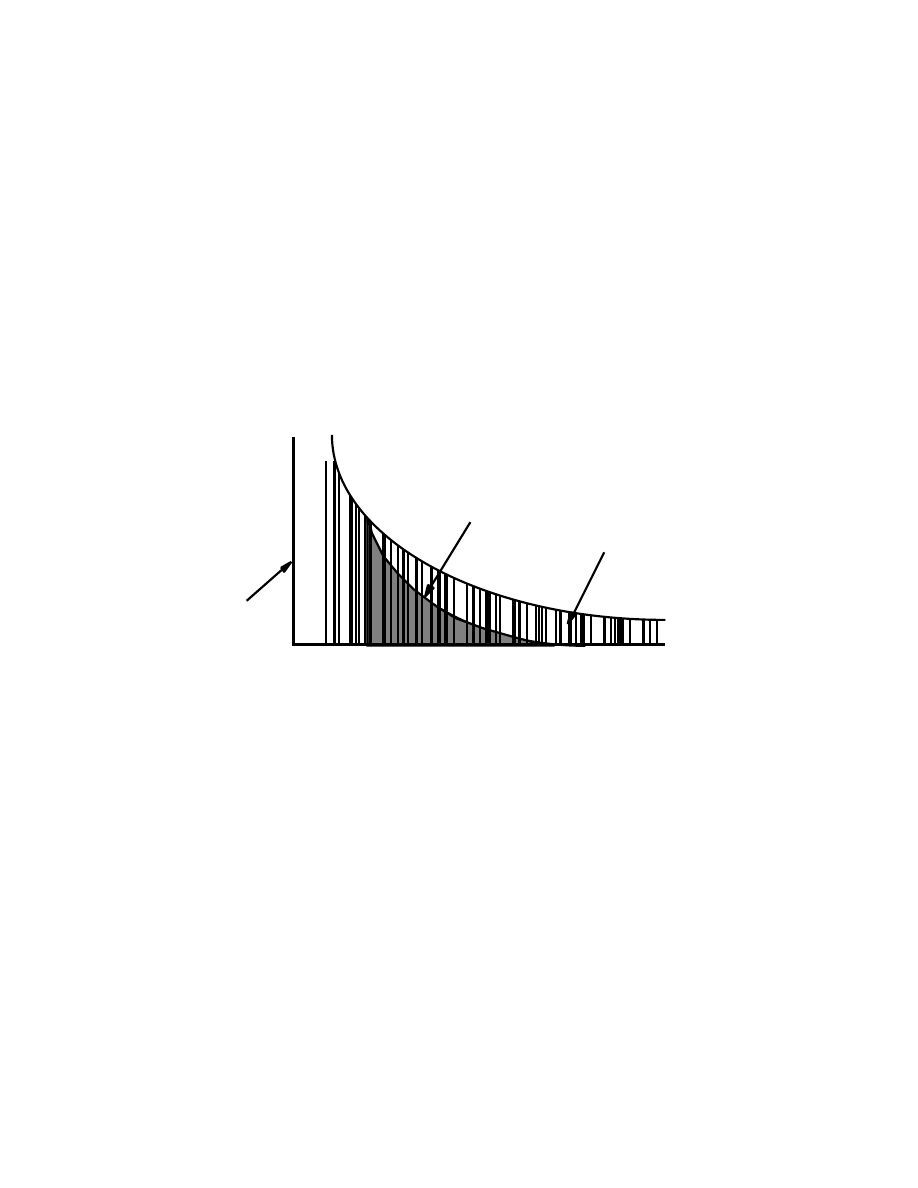ВУЗ: Казахская Национальная Академия Искусств им. Т. Жургенова
Категория: Учебное пособие
Дисциплина: Не указана
Добавлен: 03.02.2019
Просмотров: 12340
Скачиваний: 6

R
remote: (1) A recording session which occurs at a location other than a recording studio, such
as a concert hall or church, i.e., on location. (2) As in a remote control, used to activate a device
without using the device’s control panel. (3) A device controlled from a distance either
through a remote control transmitter or keypad, or by using the controls of another device.
For example, playing a remote synthesizer through on a MIDI network, or operating certain
sync tape machines as remotes by transmitter control.
remote keyboard: A keyboard which can be slung around the neck, like a guitar. It will
transmit the performance through a MIDI cable or via a radio/infra-red transmitter matched
to an appropriate receiver and MIDI module. Essentially, a type of MIDI controller.
repertoire: (1) Music which a soloist or group already knows, i.e., is performance-ready. (2)
The catalog of songs or performers that a publishing or record company has signed to it.
replay head: In a tape recorder, an electromagnetic device for converting the magnetic patterns
previously recorded on tape into a voltage whose amplitude is proportional to the pattern. On
some systems, the replay head is also used as a record head, i.e., the replay head is driven
rather than listened to, and it may also be used as a sync head. The replay head is sometimes
called a repro head.
repro: One of the operating modes of tape recorder electronics. Tracks placed in repro mode
will play the tape via the normal playback head, i.e., not via sel-sync. Alternative to sync mode.
reproducing characteristic: In audio tape playback, the standardized equalization curve intro-
duced by de-emphasis. See pre-emphasis.
repro head: See replay head.
re-recording: The process of mixing all edited DME stems, sync and non-sync, of a film or
video production to mono, stereo, multichannel or whatever audio format is desired for the final
print master with the picture, also known as dubbing. Usually done at a re-recording stage.
re-recording stage: The facility where re-recording is done. Contrary to what one might think,
there is rarely a stage/platform/dais involved. See dubbing theater.
resampling: (1) The process of sampling a previously mixed sample to create a new sample.
(2) The changing of a signal encoded at one sampling rate to a different sampling rate via a re-
sampling converter.
Reset All Controllers: A Channel Voice message which instructs a MIDI device to set all con-
trollers to their inactive condition, effectively doing for controllers what an All Notes Off mes-
sage does for notes. The message is actually a type of Controller Change message.
residual magnetization: Similar to remanence, but generalized to designate the magnetism re-
maining in any magnetic material once the applied magnetic field is removed.
residual noise: The noise that remains on magnetic recording tape after full erasure.
resistance: In electrical or electronic circuits, a characteristic of a material that opposes the flow
of electrons, measured in ohms (
Ω
). Calculated by the formula
R=E/I, where E is the voltage,
and I is the current flow in amperes, through the circuit. Resistance results in loss of energy in a
circuit dissipated as heat. Conductance is the reciprocal of resistance. See impedance.

R
resistive network: A circuit composed of resistors, commonly used in the construction of at-
tenuators.
resolution: (1) The fineness of the divisions into which a sensing or encoding system is di-
vided. The higher the resolution, the more accurate the digital representation of the original
signal will be. See bit depth. In MIDI sequencing, the recording resolution, expressed in ppq,
measures the timing accuracy with which a device or program can record or reproduce MIDI
data. See sampling rate. (2) In video, the number of pixels which comprise a horizontal line of
image.
16-bit
System
20-bit
System
24-bit
System
1-2 bits
available
to represent
-90dB signal
5-6 bits
available
to represent
-90dB signal
9-10 bits
available
to represent
-90dB signal
Audio waveform
at -90dBFS
Full Code
-24dB
-48dB
-72dB
-96dB
-120dB
-144dB
Low-Level Signal Resolution as a Function of System Bit-Depth
.
resolver: (1) (noun) The electronic circuit within or connected to a Nagra or other synchronous
tape recorder that acts as a servo to control motor speed on playback to maintain proper syn-
chronization of sound with picture. It keeps the recorded sync tone in phase with the 60Hz AC
powering the recorder and projector, or can sync the playback with crystal sync, or other refer-
ence source. (2) (verb) The process of regulating audio and/or video tape speed by comparing a
reference tone on the tape with an external master and adjusting the speed of the first device so
that the two stay in sync is called resolving. This can be done striping the tapes with a pilot
tone, or by a timecode such as SMPTE. The master deck reads the location from all slave ma-
chines and fast-forwards or reverses them until it reads the same timecode from every ma-
chine. It then monitors the timecode adjusts the slaves’ transports continually to maintain
frame lock. See also resolver, reference source.

R
resolving: The process of synchronizing the internal clock(s) on one or more devices to an ex-
ternal master clock.
resonance: The sympathetic or induced vibration of a system (a solid, a membrane, or an air
space) in response to the presence of vibration in the air; the tendency of a mechanical or elec-
trical system to vibrate at a certain frequency when excited by an external force and to keep
vibrating after the excitation is removed, e.g., a bell. When a vibrating object (such as a guitar
body) is stimulated by a second oscillator (such as a vibrating string), its pattern of vibration
may be altered. If the two vibrate at the same or a harmonically related frequency, they tend to
phase-lock together, reinforcing the sympathetic vibration at this common resonant frequency.
Oscillations at non-harmonic frequencies have far less effect due to phase cancellation. (1) A
function of a filter in which a narrow band of frequencies, the resonant peak, becomes relatively
more prominent. If the resonant peak is high enough, the filter will begin to oscillate, pro-
ducing an audio output even in the absence of input. Filter resonance is also known as empha-
sis and Q. It is also referred to in some older instruments as regeneration or feedback, because
feedback was used in the circuit to produce a resonant peak. (2) The tendency of a speaker to
vibrate most at a particular frequency; sometimes referred to as the natural frequency.
Amplitude
Low-Pass Filter with Resonance
Roll-off
Frequency
resonant filter: Nearly all musical instruments are a type of resonant filter, i.e., they pass cer-
tain particular frequencies and attenuate others, producing the tuning of the instrument. Each
instrument, from a simple electrical resonator to a complex resonant system such as a guitar or
organ pipe take an initial impulse and impress upon it the particular transient profile which
gives the resonator its unique timbre and pitch.
resonant frequency: See resonance, loudspeakers.
resonator: An acoustic device that has a resonance. Virtually all musical instruments have
some sort of resonator as part of their tone-producing mechanisms.
response pattern: See polar pattern.
restored timecode: In SMPTE timecode synchronization, a newly generated, continuous time-
code that will maintain sync with an external reference code. Used to replace a discontinuous
timecode, such as one that includes unrelated segments of code, perhaps copied from unre-
lated scenes and takes. See jam sync.

R
resultant tone: See difference tone.
resynthesis: A form of synthesis/sampling which is based on the analysis of sound data
which is later used to reconstruct the sound, usually hundreds of sine waves which collec-
tively build up the harmonic content of the sound, sometimes with the imposition of addi-
tional parameters and/or constraints, but all in real-time. This means that only small amounts
of data need to be stored, unlike traditional sampling, and that any parameter of the sound can
be infinitely changed. This new technology should allow the faithful recreation of any existing
instrument and the creation of truly original sounds and textures. Material construction,
acoustic response, perspective, morphing between sounds and transformations, such as
blowing a piano, in any dimension will be possible.
retentivity: The flux density present on a specific type of magnetic recording tape after a mag-
netic field of saturation strength is removed. The maximum flux density the tape can store. See
also remanence.
return: See send.
reverb: A type of signal processing effect which produces a continuous wash of echoing
sound, simulating an acoustic space such as a concert hall. See darkness, reflection, echo, DSP.
reverb plate: See plate reverb.
reverb spring: A spring which is used to produce reverberations. One transducer causes it to
vibrate and the reflected wave motions are picked up by other transducers.
reverberant field: In a room with reverberation, if a listener is close to source of sound, the di-
rect sound will predominate, and the listener is said to be in the direct field of the source. At
greater distances, the reverberant energy will predominate, and this region is called the rever-
berant field. See also free-field, near-field, far-field, decay(3).

R
reverberation: The decaying residual signal that remains after a sound occurs, created by
multiple reflections as the original sound wave bounces off walls, furniture, and other nonab-
sorbtive barriers within a room or other acoustical environment. Reverberation contains the
same frequency components as the sound being processed, but no discrete echoes. An average
club has a natural reverberation time of about a half-second; many concert halls and auditoriums
have a natural reverberation time of two
seconds or more. A room with very little reverbera-
tion is called a dead room, which is the opposite of a live acoustic space which is very reflective.
Reverberation is composed of early reflections and later reflections.
High-frequency sound waves have to cause the surrounding air molecules to vibrate quickly
enough to pass the sound energy onwards, consequently high-frequency reflections die out
faster than mid-frequency or bass reflections. Also, high-frequency sound is more readily ab-
sorbed by soft furnishings. Low-frequency sounds are only reflected by large and heavy ob-
jects, so there may be very little low-frequency reverberant sound. However, in larger rooms,
there can be substantial bass build-up.
Reverberation
Impulse,
such as a
hand-clap
Time
Pre-
Delay
Early
Reflections
| |
|
Later, Dense
Reflections
HF Decay
Mid-Range
and LF Decay
Amplitude
reverberation time: The time of reverberation is defined as the time it takes for the SPL to de-
cay to one-millionth of its former value, a 60dB reduction, hence called the RT-60 of the space.
Also called decay time.
reverberator: A device for the generation of synthetic reverberation, either analog, such as a
plate or spring reverb, or a digital effects processor which simulates the reverberation according to
various parameters such as room size (small, medium, large) and room type (club, cathedral,
studio).